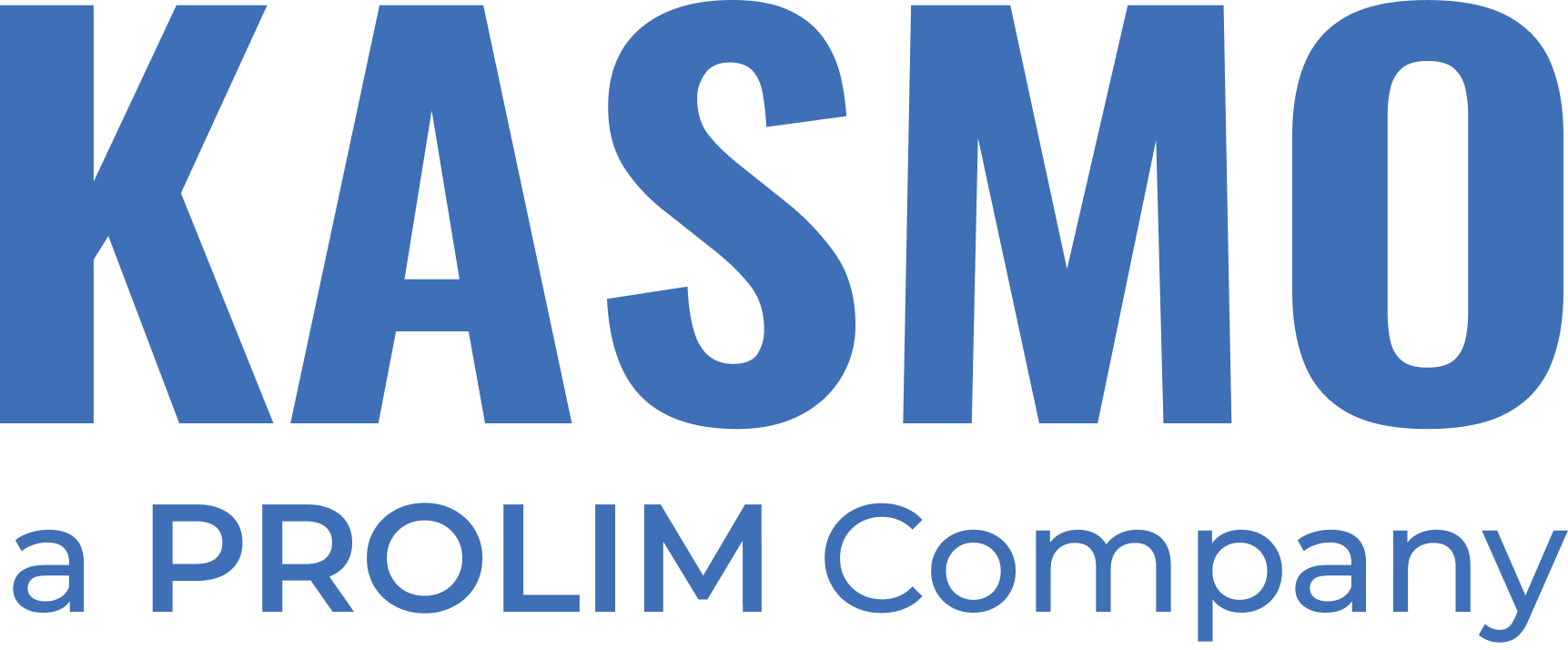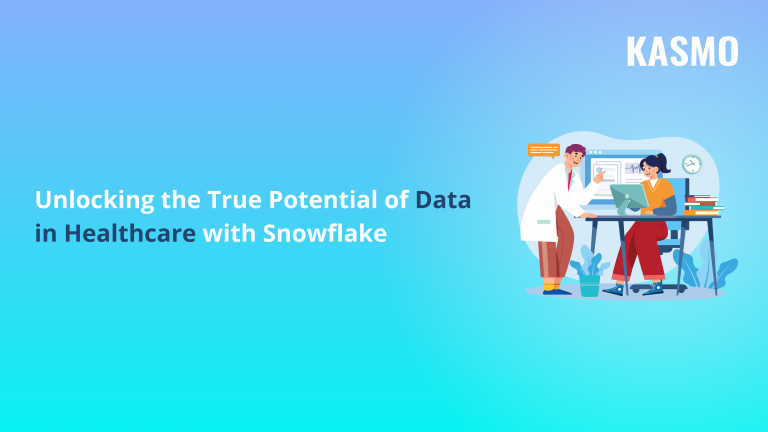Introduction
World Health Organization (WHO) has created “A Global Health Strategy for 2025–2028”, that will enable:
- “6 billion people to enjoy better health and well-being;
- 5 billion people to benefit from universal health coverage without financial hardship; and
- 7 billion people to be better protected from health emergencies.”
All this will be possible with a combined effort from industry leaders, investors, and healthcare service providers. By leveraging advanced technology and AI, access to huge volumes of data in healthcare will be easy.
This industry is fueled by shifting regulatory and compliance policies and patient needs. Additionally, the need to leverage electronic health records to create better patient care has outweighed the fear and wariness of industry leaders to leverage AI and technology. Now, more and more organizations are looking forward to investing in tools and platforms that will enable them to integrate IoT medical devices which will generate the required data to maintain patient records, enhancing personalization.
Healthcare organizations can now monitor patient health via IoT medical devices. This enriches healthcare datasets and enables healthcare providers to curate the best treatments for their patients. The widespread adoption of electronic health records (EHRs), the integration of IoT in healthcare, and an increasing demand for remote care solutions, has led to a boom in digitalization in the healthcare industry. It is now very crucial for organizations to manage and analyze the data gathered from patients to provide the best service.
As healthcare providers and payers ready themselves for economic fluctuations, there’s a growing recognition among industry leaders that they need to unlock value from their healthcare data. Whether it’s reducing readmissions, predicting disease outbreaks, or personalizing treatment for patients, the intelligent use of data in healthcare is becoming central to the industry’s future.
Why Use IoT in Healthcare
In the healthcare industry, precision, speed, and accessibility to patients’ records is very crucial. Integrating IoT in healthcare can be a smart move for healthcare service providers to get meaningful data from their patients. The integration of smart, IoT medical devices has reshaped how patient care is delivered, experienced, and optimized, bridging the gap between patients and providers, and ensuring proactive, data-driven care.

Continuous and Remote Patient Monitoring
IoT medical devices like wearables and implantable sensors allow healthcare professionals to monitor patients’ health in near real time. These devices track vital parameters such as heart rate, oxygen levels, glucose levels, and blood pressure, transmitting data to providers instantly. This 24/7 visibility is critical for managing chronic illnesses, post-surgical recovery, or elderly care, enabling timely interventions and reducing the need for physical visits.
Enhanced Operational Efficiency in Hospitals
IoT medical devices help healthcare organizations streamline hospital operations by improving the tracking and management of assets like wheelchairs, defibrillators, and medication carts. Through IoT in healthcare, medical staff can use real-time location systems (RTLS) and sensor-based tags to locate equipment quickly, monitor usage, and reduce downtime. This results in faster service delivery, better resource allocation, and increased efficiency for healthcare professionals.
Intelligent Health Data Management and Analytics
With IoT generating vast volumes of healthcare datasets, the need for efficient health data management is critical. These healthcare datasets, when processed through AI and analytics platforms, help professionals identify patient health, optimize treatment plans, and improve clinical decision-making. The integration of IoT with Electronic Health Records (EHRs) also ensures that data flows seamlessly between patients, doctors, and institutions.
Empowered Patient Engagement and Satisfaction
Integrating IoT mobile devices promotes a more active role for patients in managing their health. Devices such as smartwatches and fitness trackers offer insights into sleep, activity, and dietary habits. These tools improve awareness, making patients more engaged in understanding treatment plans. Real-time access to personalized data enhances satisfaction and builds stronger relationships between patients and their care providers.
Better Decision-Making for Health Insurers
Health insurance providers are increasingly leveraging IoT to make informed decisions. Data from connected devices can be used to validate claims, assess risk more accurately, and create personalized insurance claims. Insurers may also incentivize healthy behaviors by offering discounts or rewards to policyholders who share their IoT-generated health data, improving transparency and reducing fraudulent claims.
Why Leverage Snowflake to Harness the Power of Data in Healthcare
Healthcare and life sciences organizations are generating unprecedented volumes of data, ranging from electronic health records (EHRs) and clinical trial data to IoT-enabled medical devices and real-time patient monitoring systems.
According to RBC Capital Markets – “approximately 30% of the world’s data volume is being generated by the healthcare industry. By 2025, the compound annual growth rate of data for healthcare will reach 36%”.
However, this data is often fragmented, unstructured, and stored across disparate platforms, making it difficult to extract meaningful insights at scale. To unlock the true value of data in healthcare, organizations need a modern data cloud platform that not only consolidates information but also enables real-time analytics, secure data sharing, and cross-organizational collaboration.
Snowflake’s Healthcare and Life Sciences Data Cloud is designed specifically to address these needs. It empowers healthcare companies to centralize, govern, and operationalize their data with agility and compliance in mind, turning information into a strategic asset for clinical, operational, and research excellence.
Let’s explore the many reasons why Snowflake is the ideal platform for extracting value from healthcare datasets:
Provides A Unified, Cross-Cloud Platform for Disparate Data
Healthcare organizations often operate across multiple IT systems and cloud environments. Snowflake offers a single platform where data from EHR systems, claims processing, lab databases, imaging systems, and external sources can be integrated, queried, and analyzed regardless of its origin, streamlining healthcare data management.
It also enables cross-cloud capability (AWS, Azure, GCP) to remove vendor lock-in. Additionally, Snowflake also supports both structured and unstructured data (DICOM files, HL7/FHIR messages, clinical notes) to ensure complete patient visibility. OMOP data model compatibility enables standardized analytics across multi-source healthcare datasets. By centralizing diverse data streams into one secure environment, Snowflake lays the foundation for true interoperability and patient-centric insights.
Provides Real-Time Data Extraction and Analytics
In the healthcare industry, quick and accurate insights can be the difference between effective patient care and critical delays. Snowflake enables real-time data ingestion using Snowpipe, allowing for continuous data loading from medical devices, operational systems, and remote patient monitoring tools. Snowpipe automates data ingestion to ensure minimal lag between collection and availability. Snowflake helps healthcare teams act quickly, driving timely and informed decision-making.
Facilitates Interoperability
Snowflake plays a transformative role in solving interoperability challenges, a long-standing issue in the healthcare industry. It eliminates silos and standardizes data formats, enabling seamless exchange of patient information across care providers, insurers, labs, and researchers. Snowflake enables the ingestion, processing, and analysis of HL7 and FHIR messages with ease. This frictionless interoperability fosters collaborative, data-driven healthcare systems, empowering organizations to analyze data with ease.
Democratizes Advanced Analytics
With Snowflake’s Snowpark, healthcare organizations can bring machine learning and data science workflows directly into the platform, allowing technical teams to work in familiar languages like Python without moving sensitive data from the platform. The data in healthcare organizations can be analyzed and used for predictive analytics, such as risk scoring or chronic disease forecasting. Processing unstructured data allows for deeper analysis of clinical notes, radiology reports, and patient feedback. Snowflake not only removes the complexity of AI/ML integration but also embeds it into day-to-day operations to improve care quality and patient outcomes.
Secure, Governed Data Sharing with Full Control
Data collaboration is critical for modern healthcare, but so is privacy. Snowflake’s Secure Data Sharing allows organizations to share access to live datasets, ensuring healthcare providers can work with up-to-date data while the source retains full control.
Role-based access controls and dynamic data masking protect Personally Identifiable Information (PII) and Protected Health Information (PHI). Trusted by leading hospitals and healthcare providers, the HITRUST framework provides a standardized approach to risk management. Snowflake’s achievement of HITRUST HIGH compliance reflects its strong commitment to data security and regulatory compliance, including HIPAA.
Snowflake gives healthcare providers access to control admissions for other organizations or cloud providers and ensures data sharing can be terminated at any time, preserving regulatory compliance. Whether you’re coordinating with insurance partners or sharing clinical trial data with a research institution, Snowflake delivers a secure, transparent framework for efficient collaboration.
Streamlining Healthcare Operations and Decision-Making
Snowflake’s analytical capabilities support not just clinical use cases, but also back-office operations. From workforce management to supply chain logistics, real-time data insights help optimize efficiency and resource allocation. Cost allocation and forecasting tools powered by integrated analytics allow healthcare organizations to better financial planning and operational agility. Snowflake enables healthcare organizations to optimize their supply chains, facilitating accurate visibility into inventory levels, procurement delays, and demand spikes.
Enabling Collaborative Research and Innovation
The future of medicine relies on cross-institutional collaboration and shared access to data in healthcare organizations. Snowflake fosters these initiatives by allowing healthcare and life sciences organizations to work together without compromising data security or privacy. A single source of truth enables secure data exchanges between hospitals, pharma companies, and academic institutions. Whether it’s advancing personalized medicine, conducting real-world evidence studies, or responding to public health crises, Snowflake fuels innovation in healthcare by making research data more accessible and actionable.
Conclusion
Accessing and analyzing data in healthcare can transform the way organizations provide patient care. Healthcare organizations must harness vast and varied healthcare datasets to facilitate faster patient care and diagnosis. Snowflake offers a unified, secure, and scalable platform to do just that.
By enabling seamless data extraction, real-time analytics, secure collaboration, and AI-powered decision-making, Snowflake ensures healthcare organizations are adhering to compliance and empowering healthcare providers, payers, and researchers to reimagine what’s possible with data.



